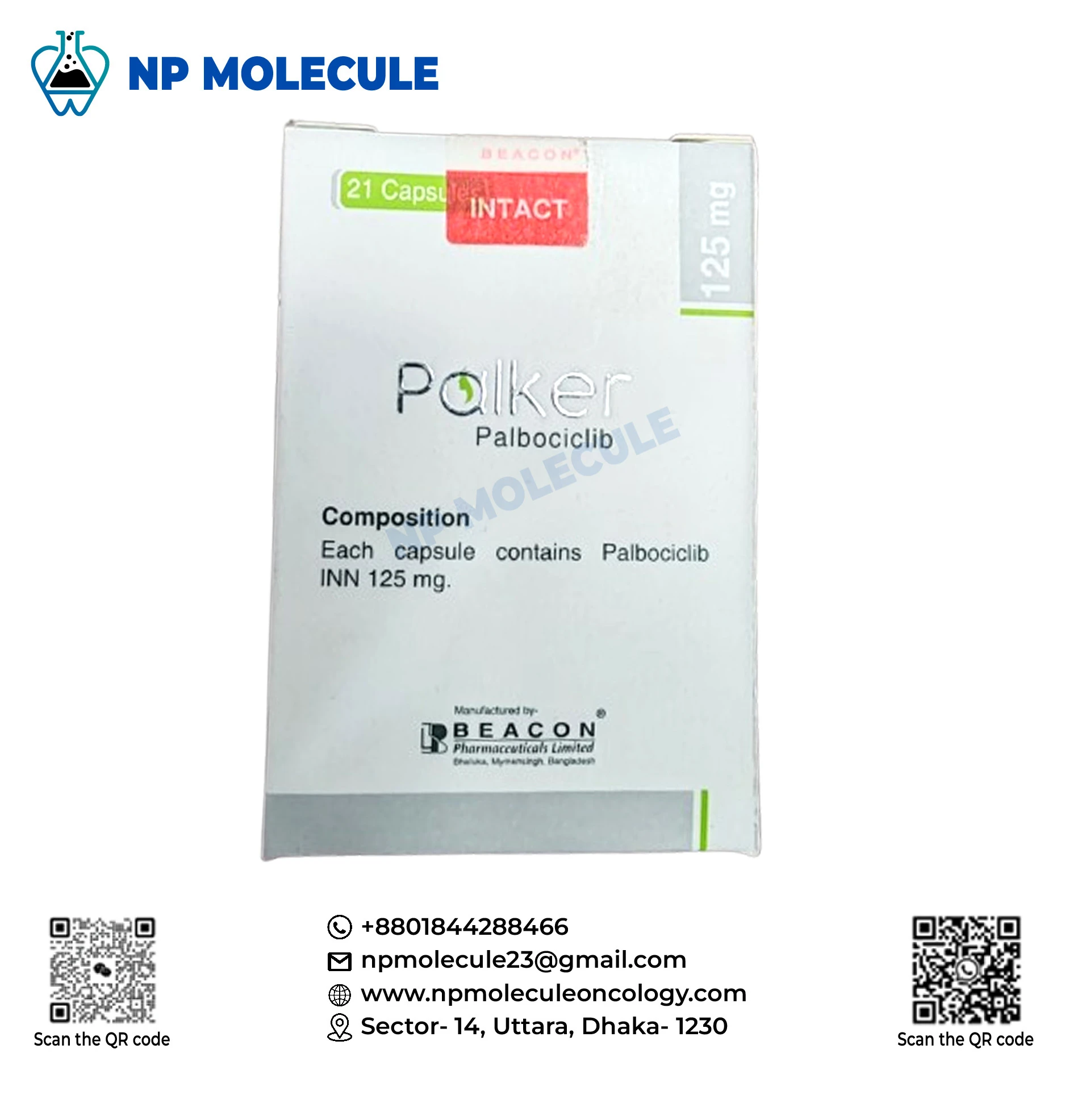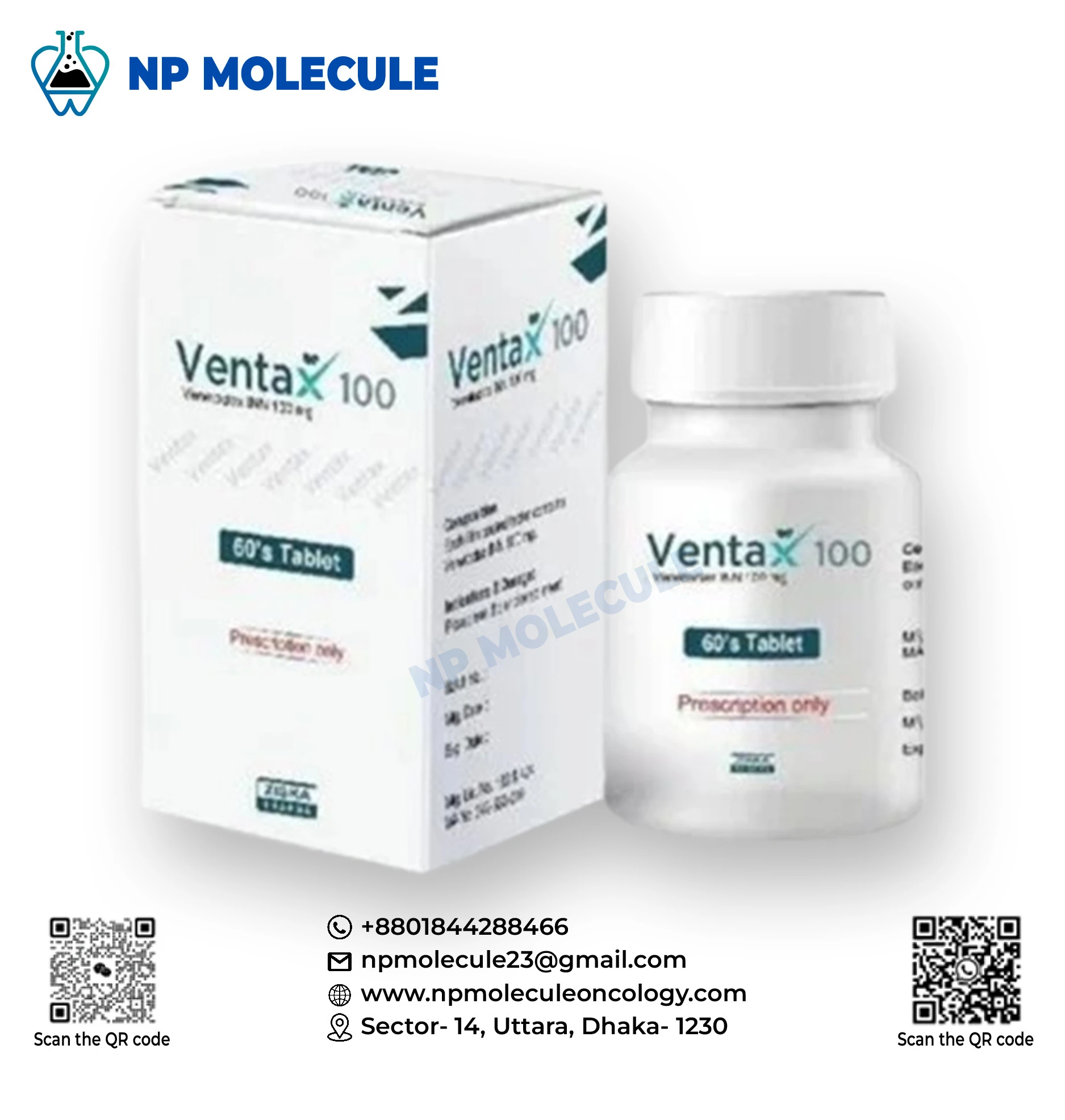| Details description |
|---|
IndicationsPemomab is a programmed death receptor-1 (PD-1)-blocking antibody indicated: Melanoma:
Head and Neck Squamous Cell Cancer (HNSCC):
Primary Mediastinal Large B-Cell Lymphoma (PMBCL): for the treatment of adult and pediatric patients with refractory PMBCL, or who have relapsed after 2 or more prior lines of therapy. Urothelial Carcinoma:
Gastric Cancer: for the treatment of patients with recurrent locally advanced or metastatic gastric or gastroesophageal junction adenocarcinoma whose tumors express PD-L1 [Combined Positive Score (CPS) ≥1] as determined by an FDA-approved test, with disease progression on or after 2 or more prior lines of therapy including fluoropyrimidine- and platinum-containing chemotherapy and if appropriate, HER2/neu-targeted therapy. Esophageal Cancer: for the treatment of patients with recurrent locally advanced or metastatic squamous cell carcinoma of the esophagus whose tumors express PD-L1 [Combined Positive Score (CPS) ≥10] as determined by an FDA-approved test, with disease progression after one or more prior lines of systemic therapy. Cervical Cancer: for the treatment of patients with recurrent or metastatic cervical cancer with disease progression on or after chemotherapy whose tumors express PD-L1 [Combined Positive Score (CPS) ≥1] as determined by an FDA-approved test. Hepatocellular Carcinoma (HCC): for the treatment of patients with HCC who have been previously treated with sorafenib. Merkel Cell Carcinoma (MCC): for the treatment of adult and pediatric patients with recurrent locally advanced or metastatic Merkel cell carcinoma. Renal Cell Carcinoma (RCC): in combination with axitinib, for the first-line treatment of patients with advanced RCC. Endometrial Carcinoma: in combination with lenvatinib, for the treatment of patients with advanced endometrial carcinoma that is not MSI-H or dMMR, who have disease progression following prior systemic therapy and are not candidates for curative surgery or radiation. Description Pemomab is a programmed death receptor-1 (PD 1)-blocking antibody. Pemomab is a humanized monoclonal IgG4 kappa antibody with an approximate molecular weight of 149 kDa. Pemomab is produced in recombinant Chinese hamster ovary (CHO) cells. Pemomab for injection is a sterile, preservative-free, white to off-white lyophilized powder in single-dose vials for intravenous use. Each 2 mL of reconstituted solution contains 50 mg of Pemomab and is formulated in L-histidine (3.1 mg), polysorbate 80 (0.4 mg), and sucrose (140 mg). May contain hydrochloric acid/sodium hydroxide to adjust pH to 5.5. Pemomab injection is a sterile, preservative-free, clear to slightly opalescent, colorless to slightly yellow solution for intravenous use. Each vial contains 100 mg of Pemomab in 4 mL of solution. Each 1 mL of solution contains 25 mg of Pemomab and is formulated in: L-histidine (1.55 mg), polysorbate 80 (0.2 mg), sucrose (70 mg), and Water for Injection, USP. PharmacologyBinding of the PD-1 ligands, PD-L1 and PD-L2, to the PD-1 receptor found on T cells, inhibits T cell proliferation and cytokine production. Upregulation of PD-1 ligands occurs in some tumors and signaling through this pathway can contribute to inhibition of active T-cell immune surveillance of tumors. Pembrolizumab is a monoclonal antibody that binds to the PD-1 receptor and blocks its interaction with PD-L1 and PD-L2, releasing PD-1 pathway-mediated inhibition of the immune response, including the anti-tumor immune response. In syngeneic mouse tumor models, blocking PD-1 activity resulted in decreased tumor growth. Dosage & Administration
Contraindications None. Side EffectsMost common adverse reactions (reported in ≥20% of patients) were: Pemomab as a single agent: fatigue, musculoskeletal pain, decreased appetite, pruritus, diarrhea, nausea, rash, pyrexia, cough, dyspnea, constipation, pain, and abdominal pain. Pemomab in combination with chemotherapy: fatigue/asthenia, nausea, constipation, diarrhea, decreased appetite, rash, vomiting, cough, dyspnea, pyrexia, alopecia, peripheral neuropathy, mucosal inflammation, and stomatitis. Pemomab in combination with axitinib: diarrhea, fatigue/asthenia, hypertension, hepatotoxicity, hypothyroidism, decreased appetite, palmar-plantar erythrodysesthesia, nausea, stomatitis/mucosal inflammation, dysphonia, rash, cough, and constipation. Pemomab in combination with lenvatinib: fatigue, hypertension, musculoskeletal pain, diarrhea, decreased appetite, hypothyroidism, nausea, stomatitis, vomiting, decreased weight, abdominal pain, headache, constipation, urinary tract infection, dysphonia, hemorrhagic events, hypomagnesemia, palmar-plantar erythrodysesthesia, dyspnea, cough, and rash. Pregnancy & LactationBased on its mechanism of action, Pembrolizumab can cause fetal harm when administered to a pregnant woman. There are no available human data informing the risk of embryo-fetal toxicity. There are no data on the presence of pembrolizumab in either animal or human milk or its effects on the breastfed child or on milk production. Because of the potential for serious adverse reactions in breastfed children, advise women not to breastfeed during treatment with Pembrolizumab and for 4 months after the final dose. Precautions & WarningsImmune-mediated pneumonitis: Withhold for moderate, and permanently discontinue for severe, life-threatening or recurrent moderate pneumonitis. Immune-mediated colitis: Withhold for moderate or severe, and permanently discontinue for life-threatening colitis. Immune-mediated hepatitis (Pemomab) and hepatotoxicity (Pemomab in combination with axitinib): Monitor for changes in hepatic function. Based on severity of liver enzyme elevations, withhold or discontinue Pemomab, axitinib, or Pemomab and axitinib. Consider corticosteroid therapy. Immune-mediated endocrinopathies:
Immune-mediated skin adverse reactions including, Stevens-Johnson syndrome (SJS) and toxic epidermal necrolysis (TEN): Withhold for severe and permanently discontinue for life-threatening skin reactions. Other immune-mediated adverse reactions: In organ transplant recipients, consider the benefit of treatment with Pemomab versus the risk of possible organ rejection. Infusion-related reactions: Stop infusion and permanently discontinue Pemomab for severe or life-threatening infusion reactions. Complications of allogeneic HSCT: Allogeneic HSCT after treatment with Pemomab: Monitor for hepatic veno-occlusive disease, grade 3-4 acute GVHD including hyperacute GVHD, steroid-requiring febrile syndrome, and other immune-mediated adverse reactions. Transplant-related mortality has occurred. Allogeneic HSCT prior to treatment with Pemomab: In patients with a history of allogeneic HSCT, consider the benefit of treatment with Pemomab versus the risk of GVHD. Treatment of patients with multiple myeloma with a PD-1 or PD-L1 blocking antibody in combination with a thalidomide analogue plus dexamethasone is not recommended outside of controlled clinical trials. Embryo-Fetal toxicity: Can cause fetal harm. Advise females of reproductive potential of the potential risk to a fetus and to use effective method of contraception. Use in Special PopulationsThe safety and effectiveness of Pemomab in pediatric patients have not been established. No overall differences in safety or effectiveness were observed between elderly patients and younger patients. Therapeutic ClassImmunological Chemotherapy, Immunosuppressant Storage ConditionsStore vials under refrigeration at 2°C to 8°C. |
0/5
0 Review
-
5 Star
-
4 Star
-
3 Star
-
2 Star
-
1 Star











